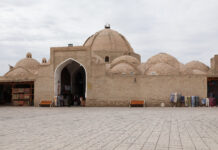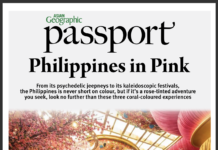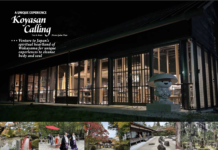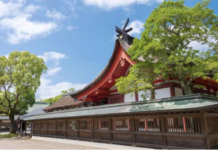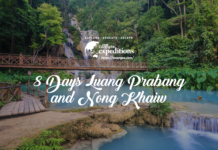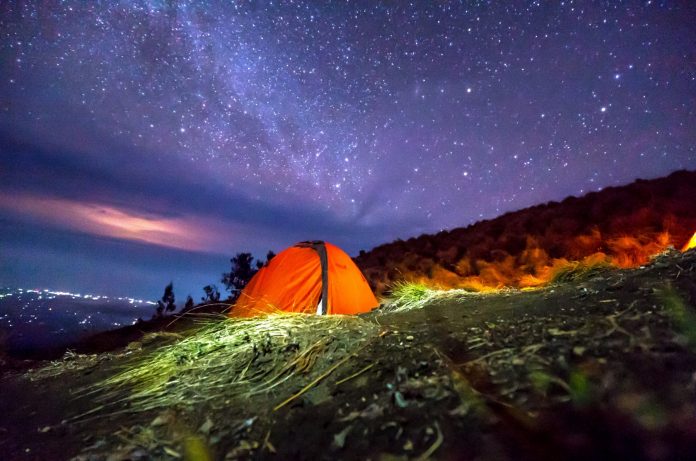
The tradition of the Sasak
Text Tio Ganeru and Nina Karina Karim
Lombok has many beautiful places that have inspired me since I was a little kid. I live in Mataram, the capital city of West Nusa Tenggara, on the western shore of the island. The beauty of the natural panorama, adorned with lush hills on one side and golden shores on the other, shelters many enticing wonders that even I haven’t had the chance to explore fully during my 40 years of life here.
Starting from the west coast, there is the well-known Senggigi Beach, which has been drawing tourists since the 1980s; the northern territory, with its three main gilis, or small islands, namely Gili Trawangan, Gili Meno and Gili Air, along with beaches lining the bays in Sire, Medana and Tebing; the eastern coast, with its beautiful cape, Tanjung Ringgit, and Tangsi Beach, which has become famous for its pink sand, along with more gilis, such as Gili Kondo; and finally the southern coast, with its array of stunning, even tinier white-sand gilis and unique beaches, the perfect spots for surfers, including Kuta, Mawun, Semeti, Selong Belanak, Aan and Batu Payung.
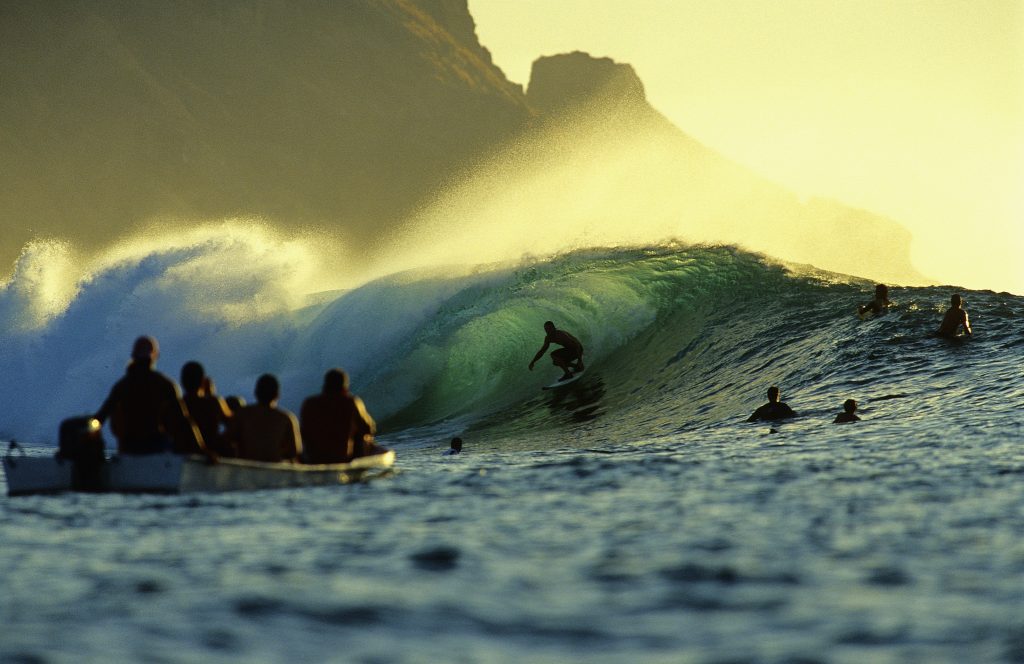
Rivalling the beaches and islands, the mountainous region of East Lombok has also gained its own popularity. The ever-challenging Mount Rinjani, with its central cone Mount Baru Jari and the fascinating surrounding crater lake Segara Anak, draws thousands of hikers and trekkers every year. The creases and valleys around Mount Rinjani harbour countless natural springs and waterfalls, including Tiu Kelep, Tiu Teja, Sendang Gile, Benang Stokel, Benang Kelambu and Otak Koko.
Each of these places has specific charms. If I were looking for a place to enjoy a quiet day at the beach, where my children can swim in clear, calm waters, I would go to one of the beaches in the Kuta area, like Mawun or Semeti. Although they are further away than the beaches in the Senggigi area, both are found in a secluded bay, so it’s never overcrowded and you won’t be bothered by hawkers.
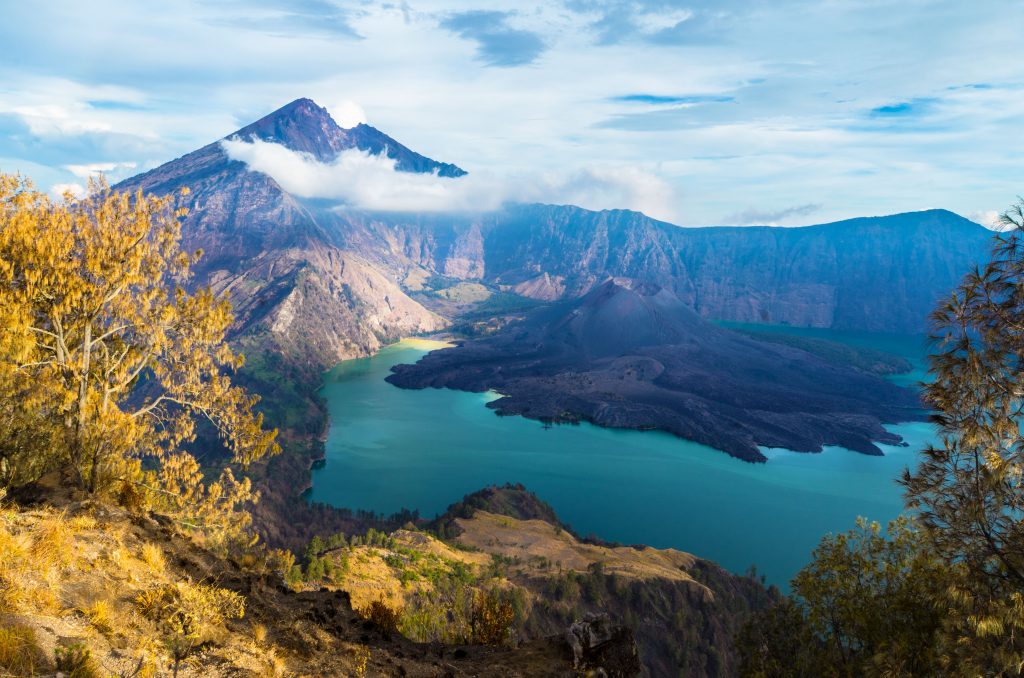
Besides the breathtaking view here, you can also climb up on the rocky portion of the beach and take photos of the waves crashing against the rocks in the nearby bay. If I’m feeling a bit adventurous, I will take my family for a trip to the Rinjani valley for a walk to the waterfalls, hike nearby hills like Pergasingan, Anak Dara and Propok, or just enjoy the cool mountain breeze, pick vegetables and strawberries, and camp out or have a picnic. If we want to indulge in the local cuisine while enjoying a swim in a natural spring, we will go to one of the restaurants in Suranadi, specifically at the berugaqs, or wooden stilt huts, over the ponds of carp and tilapia situated amid luscious green rice paddies or fruit orchards.
The Sasak language is the most important aspect of local culture here. When we gather with old friends from school and the neighbourhood, we’ll sometimes speak Sasak mixed with Indonesian and Balinese. Mataram has a rather heterogenous population, with the Sasak community coexisting in deep harmony with the Balinese that have lived in Lombok for hundreds of years and have settled into an area we call Kampung Bali. Mataram is also home to Kampung Sasak, the cultural source of Lombok’s dominant community.
Foreigners might observe the many similarities between the Sasak and Balinese cultures, but the language used by each culture is distinctively different. I use the Sasak language when I am conversing with friends or people who I’m sure are of Sasak stock, to enhance emotional closeness and inject warmth into the conversation. Some of my friends who belong to the Balinese ethnic group (differentiating the Balinese people who were born and raised in Lombok from the Balinese people in Bali) also use the Sasak language in daily conversation, although they use Balinese when they talk among people of the same ethnic group. Some Sasak people are also familiar with the Balinese language and use it to communicate with ethnic Balinese.
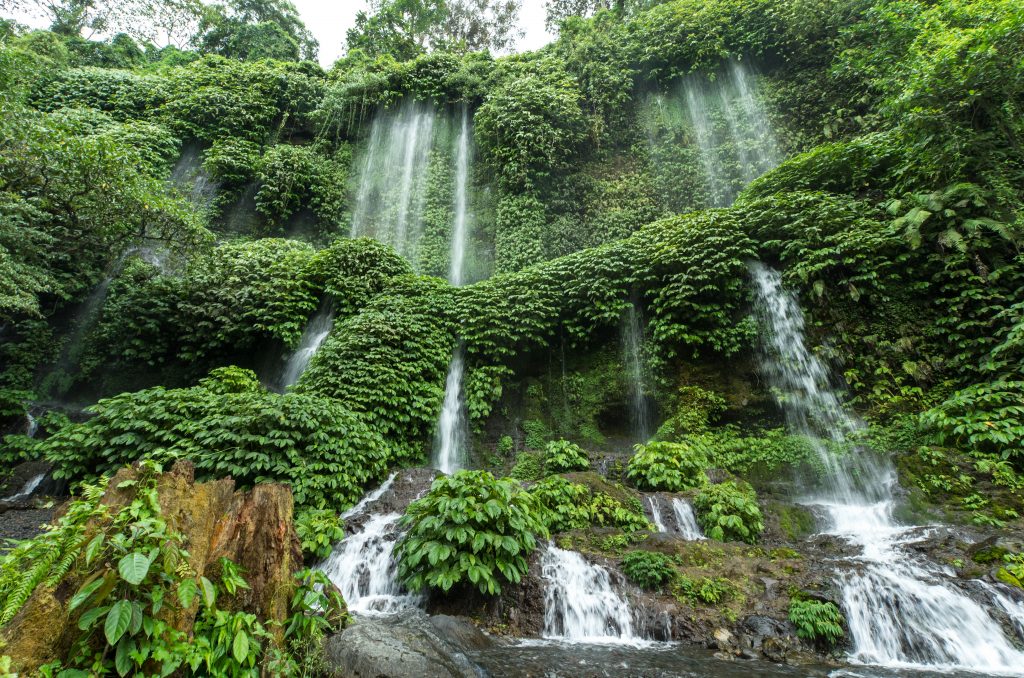
Sasak people maintain certain formalities in social interaction. When we talk to someone older, we do not use the same language or display the same manners as we do when we talk to someone of the same age. An older person is addressed in a more polite and formal way. As the majority of Sasak people are Muslims, Islam influences our daily interactions, and when greeting someone and when opening formal events, we start by saying, “Assalamualaikum” – may peace be upon you.
The cultural similarities between Sasak and Balinese can also be seen in traditional costume and music. Traditional Sasak men and women still wear the sarong in their daily lives, but I don’t. I only use the sarong for praying and religious events. When I attend wedding ceremonies, I use a traditional Sasak costume consisting of a suit, a series of songket and batik wraps, and a headpiece called the capuk.
Lombok culture and Balinese culture exist side by side here. In some places, one can see a mosque next to a Hindu temple, or pura, with activities in one taking place without disturbing the other. From time to time, you can hear the call for prayer, or adzan, from the mosque and the chants from the temple over the loudspeakers. Each religion coexists with the other, even supporting each other’s individual religious activities. For example, during the Ogoh-ogoh festival, which the Balinese Hindus hold the day before Nyepi, the Sasak people take part in gamelan and gendang beleq performances.
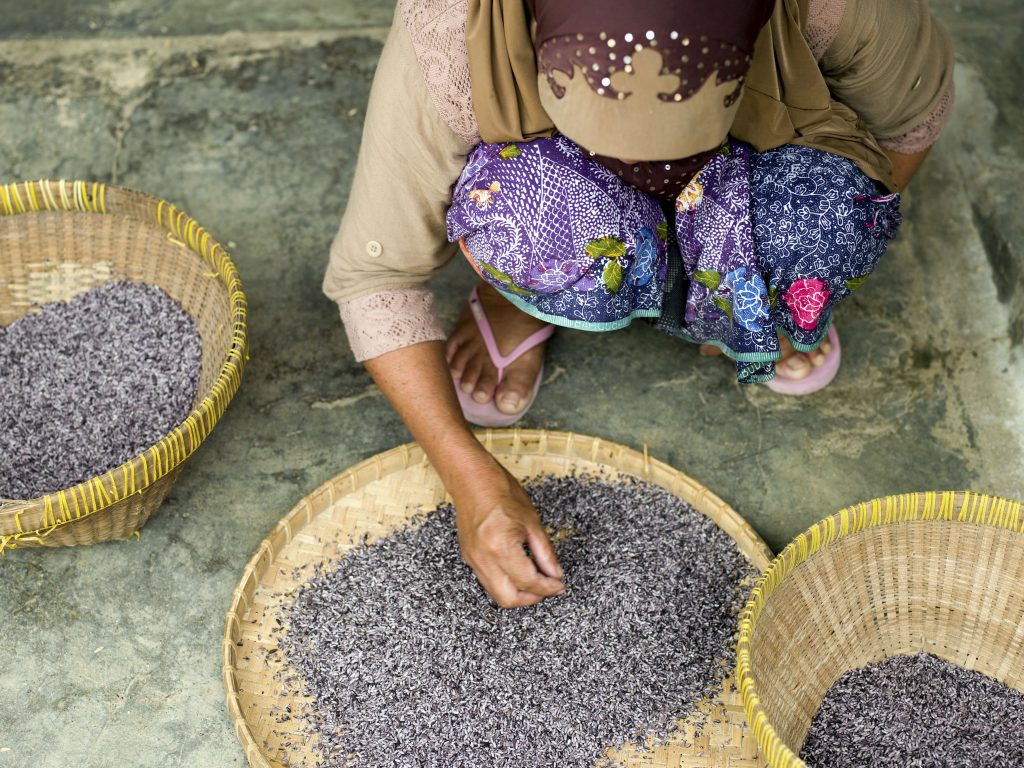
The Sasak tradition is the most definitive cultural element that influences art and design, and continues to inspire various aspects of life. One can see authentic Sasak motifs and design in the woven materials used both as daily apparel and as traditional costume. The traditional motifs used in songket and woven fabrics are subhanale and ragi genep. The songket is a hand-woven fabric made from a combination of cotton, silk and gold or silver laminated thread. In the past, the songket was mainly used for traditional occasions, but nowadays, people have started to use it in their daily formal apparel. Besides the songket, the traditional motifs of subahnale and ragi genep are also used in interior and graphic design.
The most recognisable form of traditional music in Sasak culture is gendang beleq, which is used in wedding ceremonies and to welcome guests at a formal event. A gendang beleq performance involves various traditional instruments, usually including two huge drums, gongs, and various kinds of metal percussion. There is also the Sekeha, which is a kind of gamelan music that is typically played for traditional dances. Sasak pop songs have also been gaining popularity, especially in the cafés of more touristic areas like Gili Trawangan and Senggigi. There’s even a Sasak singer that has started introducing the Sasak language into his reggae-inspired music.
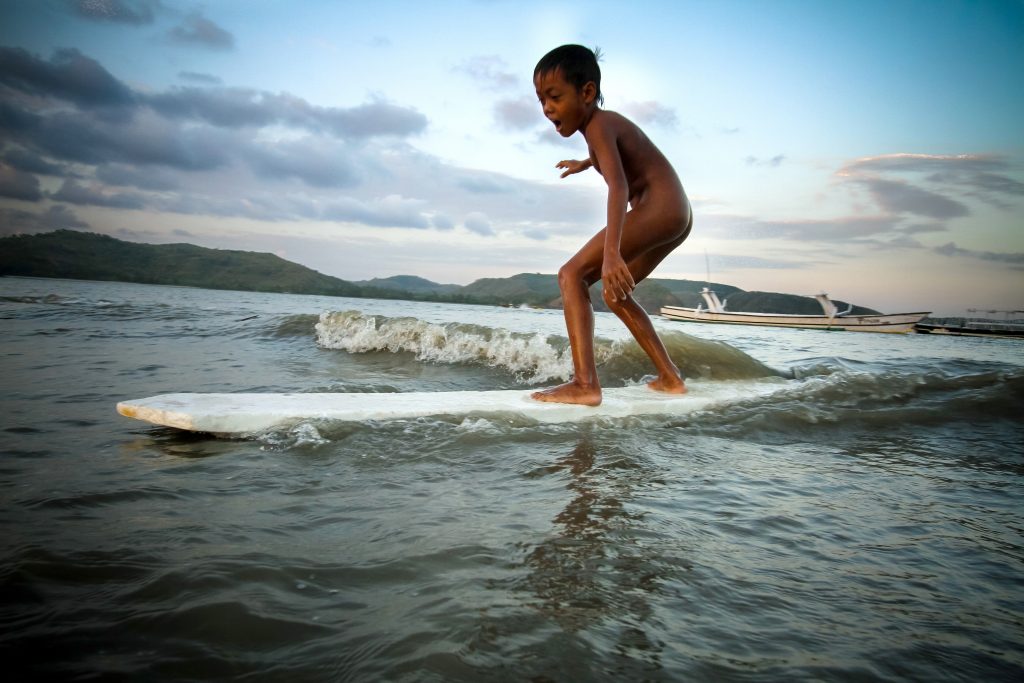
Sasak cuisine is dominated by spicy and salty flavours. Every meal is served with an additional side plate of salt to satisfy the Sasak palate, which tends to crave a little extra salt. Another staple in Lombok cooking is terasi, or shrimp paste, which is used in almost every savoury dish as a flavour enhancer and seasoning.
Pelecing kangkung (blanched kangkung, bean sprouts and string beans served with sambal topped with shredded coconut and fried peanuts), urap (various blanched vegetables tossed with shredded coconut) and roasted pelecing chicken are popular local fare across the island. Pelecing is a combination of chillies, tomatoes, shrimp paste, salt and key lime juice used as a marinade or sauce for vegetables and grilled fish or chicken. Lombok locals like their food extra spicy so they use small yellow and orange chilli padi, a much spicier version of the big red chilli that serves as a red food colouring. If you’re not sweating from the spiciness, then the food is not good enough!
My favourite dish is the famous Taliwang chicken, both the fried and the grilled versions. Just the smell of the chicken roasting gets me drooling. It’s called Taliwang chicken because it was mainly sold by people who come from a village in Mataram city called Kampung Taliwang. The chicken requires various preparation steps. It is first rubbed with coarse sea salt, then grilled over a coal fire, followed by either deep-frying or basting with pelecing sauce, and then grilled again. The meat is served with a spicy coconut sauce and sambal. The difference between the Taliwang pelecing sauce used for fish or chicken and the one used for vegetables is the use of dried red chillies, which adds a smoky flavour.
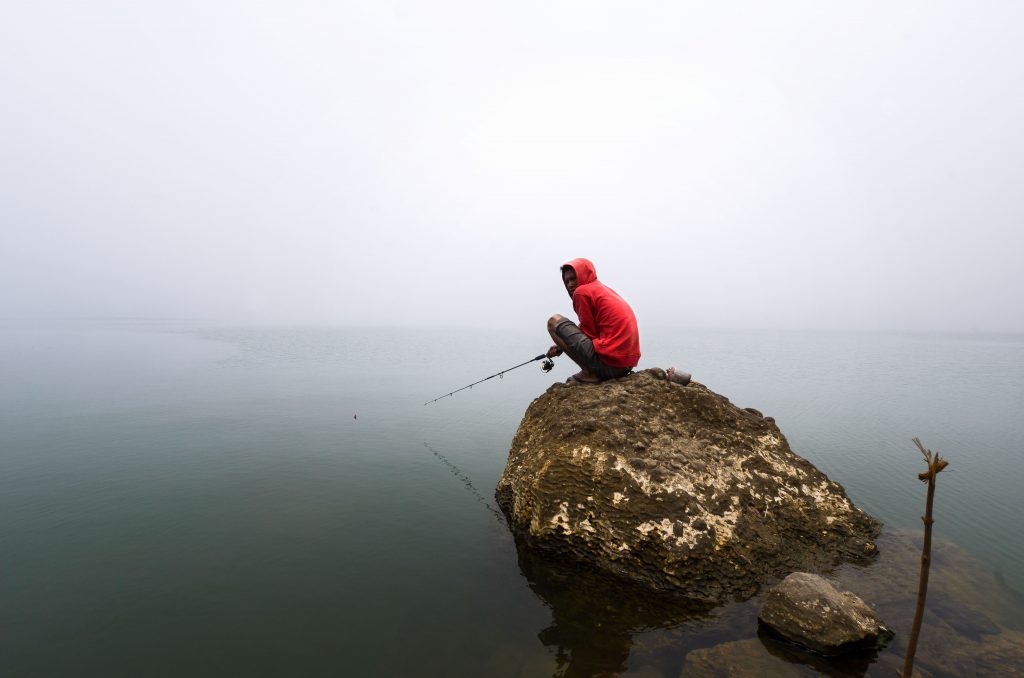
One of the places that I still enjoy visiting is Gili Trawangan. From the 1980s to the mid-1990s, Gili Trawangan was a hip and happening place to enjoy island life and entertainment, quite unlike what you find in the city. At that time, there were only a few hotels, and most of the structures were traditionally built with bamboo walls and coconut leaf roofs. Mosquito nets were rather in demand, to say the least. There was neither air conditioning nor fans because electricity was scarce. One could go anywhere on the island because no one had claim to any specific area. Today, Gili Trawangan is known as the party island and is crowded with budget and five-star hotels, dive centres, strefet-side and beachside cafés, as well as small businesses offering bike and snorkelling equipment rental.
Most of the beach side of the island has been claimed by cafés, restaurants and resorts, not to mention the many dive boats and ferries moored along the beach. Although motor vehicles are not allowed in Gili Trawangan, the streets are filled with cidomo, or horse carts, and tourists riding bikes or walking around. Even so, it still remains a must-see place in Lombok.
Senggigi Beach is another area worth visiting. In the past, the beach was not considered a tourist area because access was very limited, with narrow paths connected by flimsy wooden bridges, and there were hardly any public facilities. But since hotels started developing in the area, Senggigi has rapidly evolved into one of the most accessible places in Lombok. Only around 30 minutes from Mataram city, it is one of the routes leading to the harbour that offer transport to the gilis.
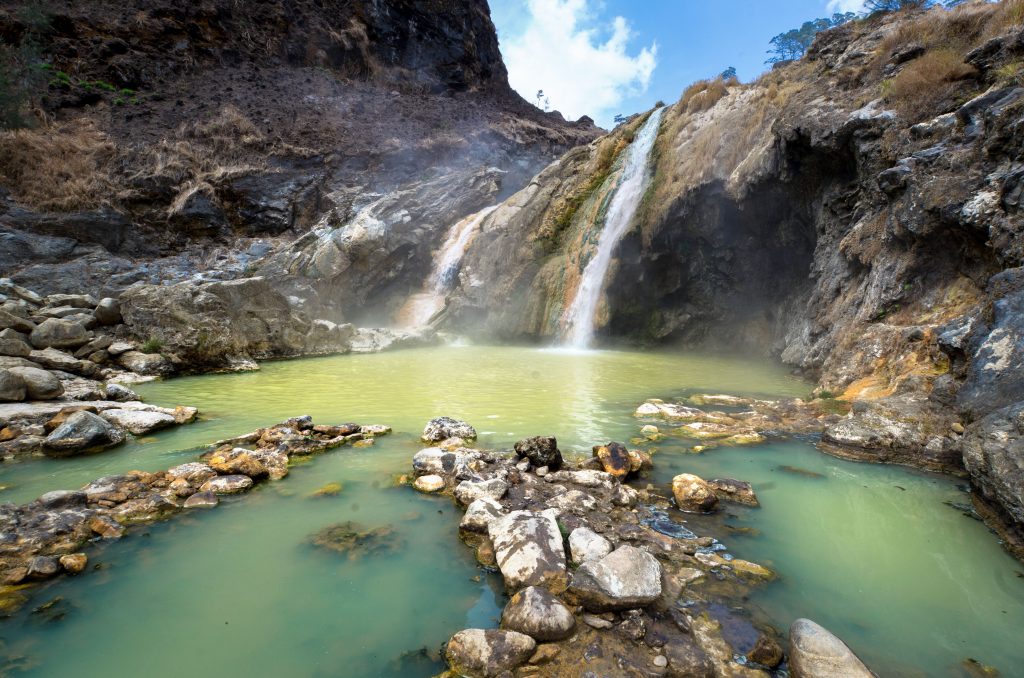
For me, Lombok’s greatest cultural asset is the hospitality of the Sasak people. Family values and relationships are still considered very essential, and people that come from the same village are still thought of as family. This strong bond can be seen in the way locals celebrate important moments in life like marriage, the birth of a baby, religious events, even death. Sasak people will always help one another, both materially and spiritually, in holding various ceremonies.
It is also impressive that many areas still hold dear their ancient traditions, even to this day. In Bayan, which is about 80 kilometres from Mataram, the people hold elaborate ceremonies to commemorate the birth of the Prophet Muhammad. They devote three full days to the preparations, with the women washing rice in the local river before preparing the main dishes, which are served to the entire village. People in villages like Bayan and Sade still live their lives and maintain their environment in the traditional way – the way their ancestors did when they first settled on this idyllic island.
For more stunning stories and photos, check out Asian Geographic Issue 112.



